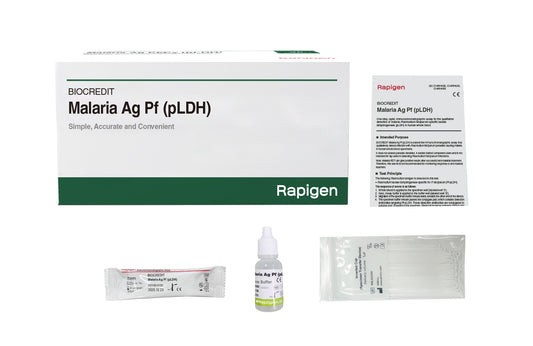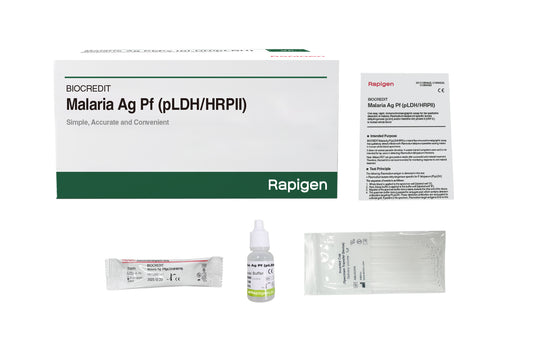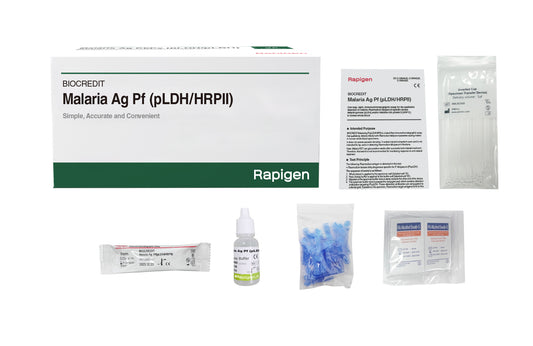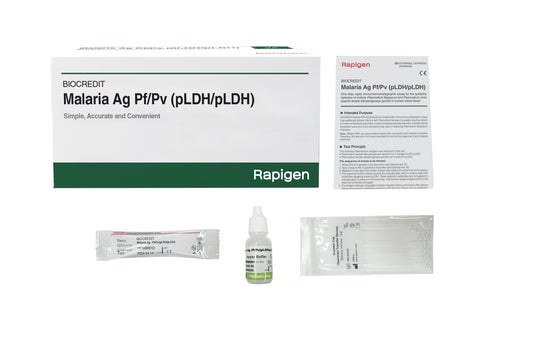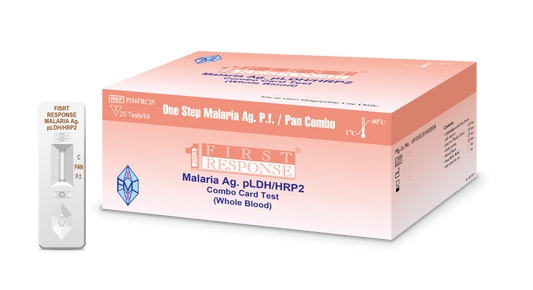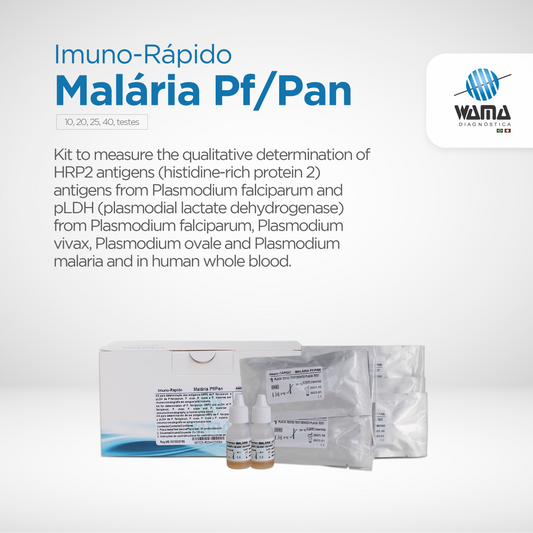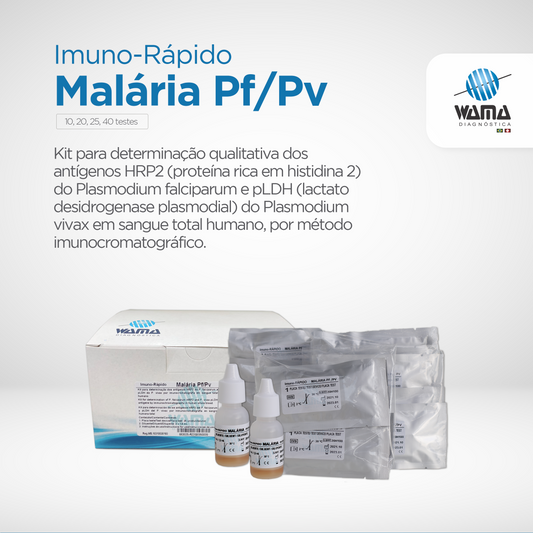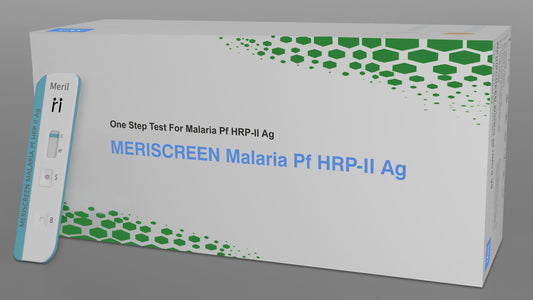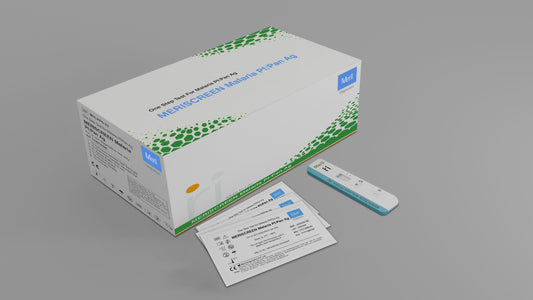-
BIOCREDIT Malaria Ag Pf (pLDH)
Vendor:Rapigen Inc.Regular price $0.00Regular priceUnit price per -
BIOCREDIT Malaria Ag Pf (pLDH/HRP II)
Vendor:Rapigen Inc.Regular price $0.00Regular priceUnit price per -
BIOCREDIT Malaria Ag Pf/Pv (pLDH/pLDH)
Vendor:Rapigen Inc.Regular price $0.00Regular priceUnit price per -
CADY Malaria Pf/Pan Ag Rapid Test (Professional)
Vendor:Revital Healthcare (EPZ) Ltd.Regular price $0.00Regular priceUnit price per -
First Response Malaria Ag pf/pv Card Test (Professional)
Vendor:Premier Medical Corporation Private LimitedRegular price $0.00Regular priceUnit price per -
First Response Malaria Ag pLDH/HRP2 Combo Card Test (Professional)
Vendor:Premier Medical Corporation Private LimitedRegular price $0.00Regular priceUnit price per -
First Response Malaria Antigen P. falciparum (HRP2) Card Test (Professional)
Vendor:Premier Medical Corporation Private LimitedRegular price $0.00Regular priceUnit price per -
Malaria Pf/Pan Rapid Test (Professional)
Vendor:WAMA DiagnosticaRegular price $0.00Regular priceUnit price per -
Malaria Pf/Pv Rapid Test (Professional)
Vendor:WAMA DiagnosticaRegular price $0.00Regular priceUnit price per -
MERISCREEN Malaria Pf HRP-II Ag (Professional)
Vendor:Meril DiagnosticsRegular price $0.00Regular priceUnit price per -
MERISCREEN Malaria Pf/Pan Ag (Professional)
Vendor:Meril DiagnosticsRegular price $0.00Regular priceUnit price per -
MERISCREEN Malaria Pf/Pv Ag (Professional)
Vendor:Meril DiagnosticsRegular price $0.00Regular priceUnit price per
Collapsible content
Why use rapid diagnostic tests for malaria?
Malaria rapid diagnostic tests (RDTs) assist in the diagnosis of malaria by providing evidence of the presence of malaria parasites in human blood. RDTs are an alternative to diagnosis based on clinical grounds or microscopy, particularly where good quality microscopy services cannot be readily provided.
Variations occur between products, such as targets and formats, though the principles of the tests are similar. Malaria RDTs detect specific antigens (proteins) produced by malaria parasites in the blood of infected individuals. Some RDTs can detect only one species (Plasmodium falciparum or P. vivax) while others detect multiple species (P. falciparum, P. vivax, P. malariae and P. ovale). Blood for the test is commonly obtained from a finger-prick.
(WHO Global Malaria Programme)
What causes malaria?
Malaria is an acute febrile illness caused by Plasmodium parasites, which are spread to people through the bites of infected female Anopheles mosquitoes. There are 5 parasite species that cause malaria in humans, and 2 of these species – P. falciparum and P. vivax – pose the greatest threat.P. falciparumis the deadliest malaria parasite and the most prevalent on the African continent. P. vivaxis the dominant malaria parasite in most countries outside of sub-Saharan Africa.
Over the 2 peak years of the pandemic (2020–2021), COVID-related disruptions led to about 13 million more malaria cases and 63 000 more malaria deaths. The WHO African Region continues to carry a disproportionately high share of the global malaria burden. In 2021 the Region was home to about 95% of all malaria cases and 96% of deaths. Children under 5 years of age accounted for about 80% of all malaria deaths in the Region.
Four African countries accounted for just over half of all malaria deaths worldwide: Nigeria (31.3%), the Democratic Republic of the Congo (12.6%), United Republic of Tanzania (4.1%) and Niger (3.9%).
(WHO Malaria Key Facts, 8 December 2022)
What is PCD?
Passive case detection (PCD) is perhaps the most critical element for malaria surveillance in all transmission settings, and it is particularly relevant in elimination settings to prevent re-establishing transmission in disease-free areas. PCD encompasses the detection of malaria cases in people who seek care, usually with symptoms, from health providers or community health workers.
(WHO. Global Malaria Programme. Disease surveillance for malaria elimination: an operational manual. Geneva: World Health Organization; 2012.)
Useful links
-
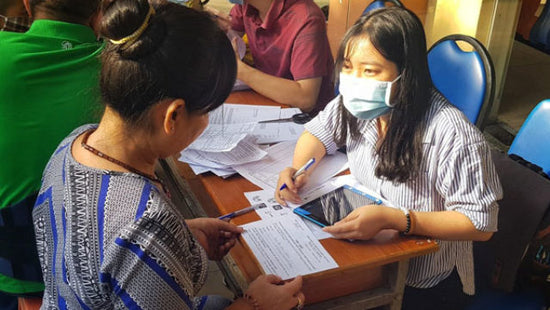
Fever & malaria programme at FIND
Read moreWe are working to improve diagnosis of febrile illnesses to reduce deaths from fever and malaria.
-
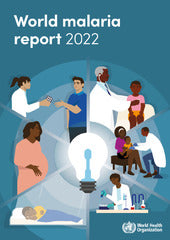
World Malaria Report 2022
Read moreEach year, WHO’sWorld malaria reportprovides a comprehensive and up-to-date assessment of trends in malaria control and elimination across the globe.
-

E-health toolkit
Read moreA locally owned solution to support febrile illness management at primary care.

